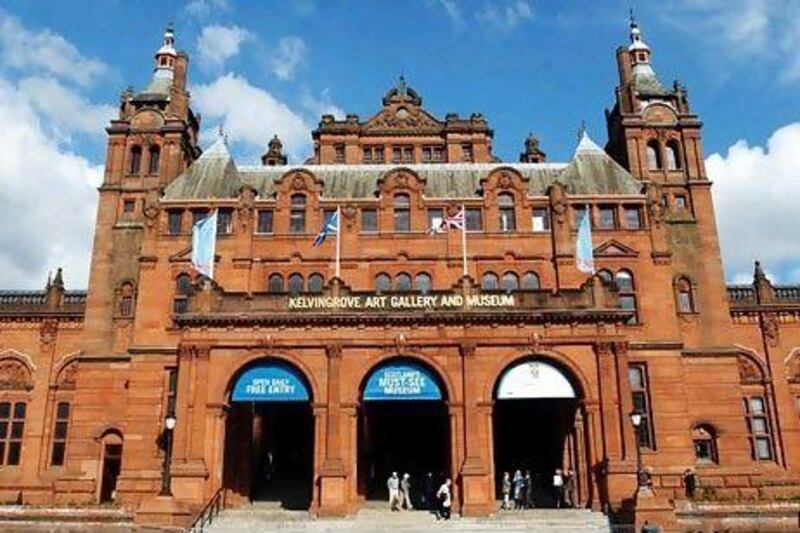Glasgow, in its 850-year history, has had many names hung around its neck and has been both an adornment and a blight on the reputation of Scotland.
It has been dubbed by its city fathers as the "dear, green place" because of its lush parks, and as "the second city of the empire", throughout its Victorian heyday.
Today, the folk of its more sedate neighbour 80 kilometres to the east, Edinburgh, refer to it as "Glasvegas". From medieval market town to industrial powerhouse, centre of education and philosophy and now shopping mecca and arts capital, this is a city in flux.
Culturally, the Kelvingrove Art Gallery in the West End and the Burrell Collection on the south side are unsurpassed. The city centre is home to opera, ballet, orchestras and, on its fringe, the Citizens' Theatre is one of the most respected repertory companies in the world.
Glasgow's towering Georgian and Victorian blocks are stuffed with eateries to cater for all tastes and on its southern edge is the Merchant City with luxury apartments and warehouse conversions and the best street cafe society an often wet and windy city can offer.
Here, vacant manufacturing and retail spaces pull in artists by the score. And all less than a mile from inner-city estates rife with unemployment, drugs and a life expectancy of barely more than 50 years.
This city is beautiful, brutal and edgy all at once. No pocket guide could hope to reveal it. Just hit its streets and you'll find something.
Because Glasgow, if you go there, won't allow you to be bored.





